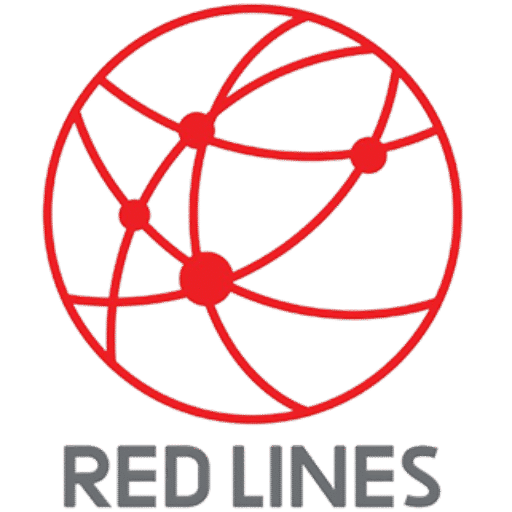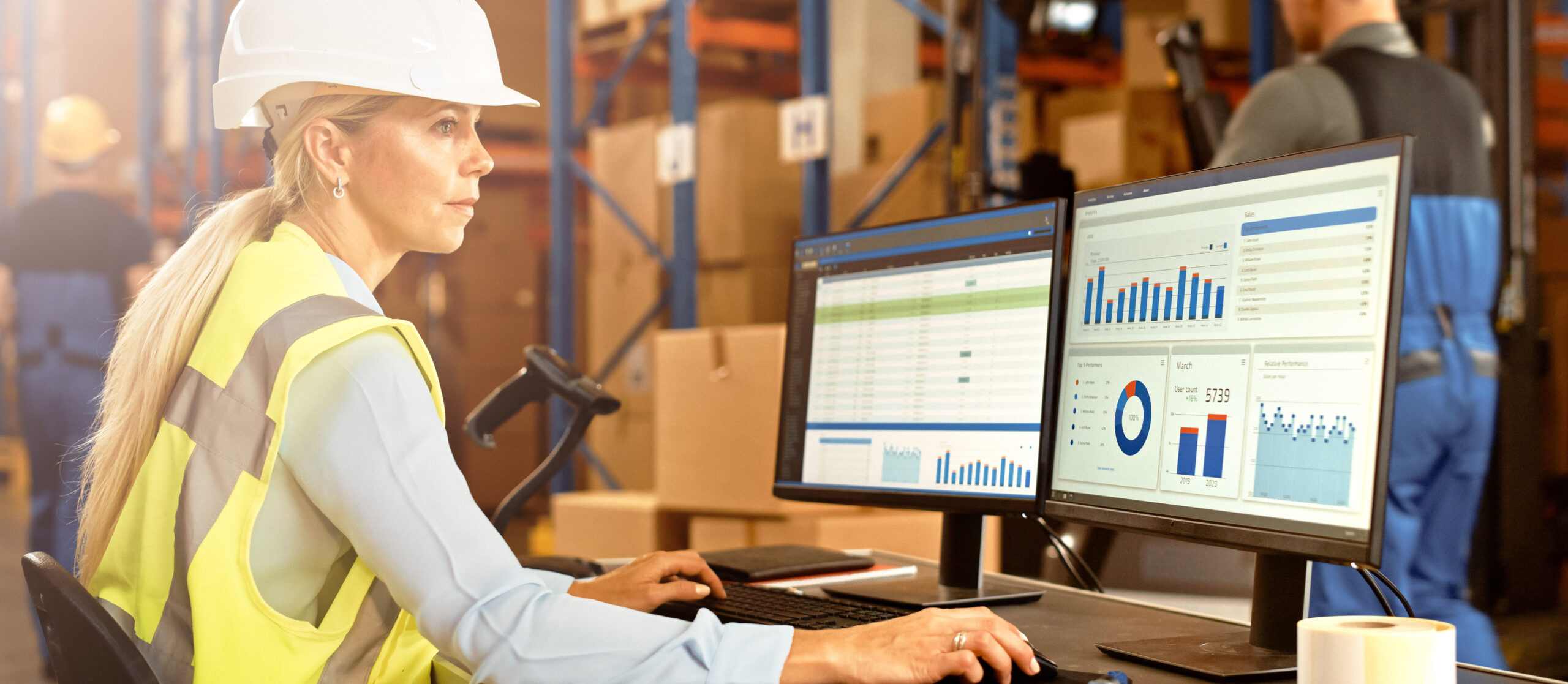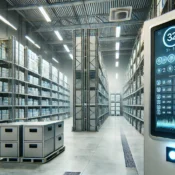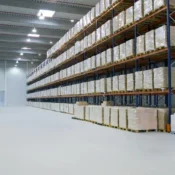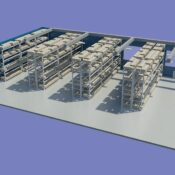In Saudi Arabia’s rapidly evolving logistics sector, maintaining product integrity is a top priority—especially in high-demand cities like Riyadh, where goods often travel long distances under challenging climate conditions. With rising expectations for quality and compliance, temperature mapping studies have become an essential part of logistics operations. They not only ensure temperature consistency across facilities and fleets but also provide real-time insights that prevent costly losses.
At Redlines (www.Redlines.sa), we specialize in temperature mapping studies across Riyadh, Jeddah, Dammam, and all of Saudi Arabia, helping businesses achieve smarter, more reliable, and compliant logistics systems. Here are 10 powerful ways real-time temperature monitoring is transforming logistics in Riyadh.
1. Ensuring Product Quality During Transit
In Riyadh’s extreme desert heat, maintaining stable cargo conditions during transportation is crucial. Through temperature mapping studies, companies can identify potential hot and cold zones within delivery trucks and optimize cooling systems to ensure pharmaceutical, food, or chemical products stay within safe temperature limits.
2. Immediate Detection of System Failures
Real-time monitoring systems instantly detect deviations or failures in refrigeration units. By integrating this data with insights from temperature mapping studies, logistics managers can respond before a small issue becomes a costly product loss.
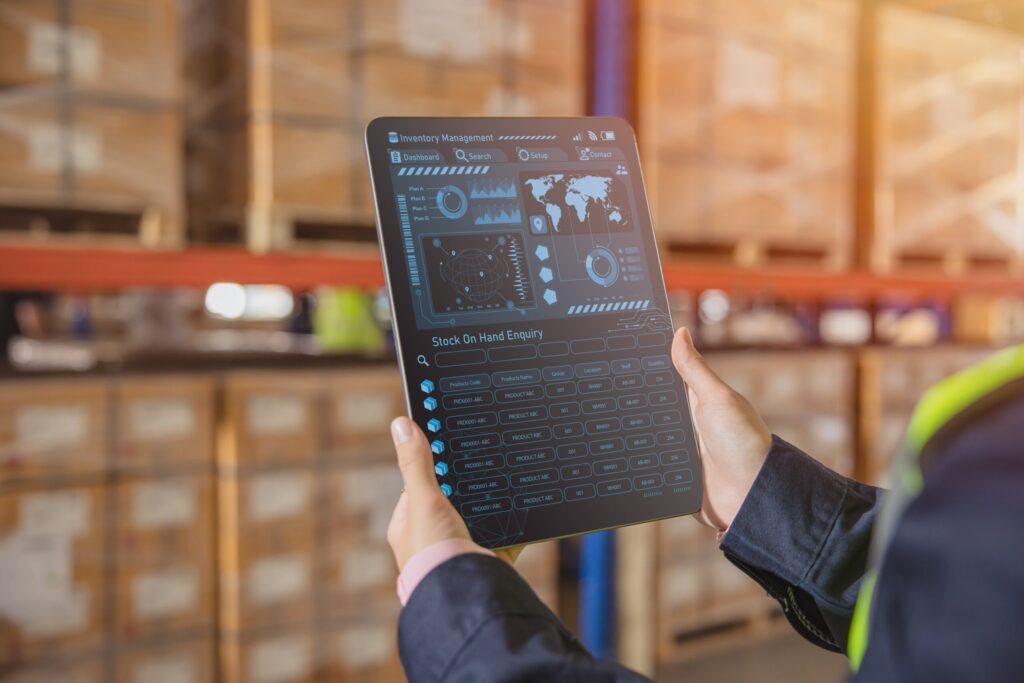
3. Enhancing Cold Chain Transparency
Consumers and partners demand assurance that sensitive goods are handled correctly. Continuous monitoring—validated by temperature mapping studies—provides a verifiable record of temperature stability, building confidence across the supply chain.
4. Supporting Regulatory Compliance
Saudi Arabia’s health and logistics regulations require strict adherence to Good Distribution Practices (GDP) and Good Storage Practices (GSP). Redlines’ temperature mapping studies help ensure compliance by verifying that every stage—from warehouses to vehicles—meets temperature control standards.
5. Optimizing Route Efficiency
Temperature data can reveal patterns such as when certain routes or delivery times cause higher heat exposure. By combining temperature mapping insights with GPS and IoT analytics, companies can plan routes that minimize thermal risks and energy consumption.
6. Reducing Energy Costs
Overcooling is a common problem in logistics fleets. Temperature mapping studies help determine the optimal cooling capacity for each environment, reducing unnecessary energy use while maintaining safe storage conditions—saving costs and improving sustainability.
7. Enabling Predictive Maintenance
When integrated with IoT systems, real-time temperature data helps predict when refrigeration units or sensors may fail. Based on insights from temperature mapping, Redlines enables preventive maintenance scheduling, ensuring uninterrupted operation.
8. Improving Warehouse and Fleet Design
The data obtained from temperature mapping studies not only enhances monitoring systems but also influences the design of warehouses and trucks. Redlines uses advanced thermal mapping to identify ideal sensor placements, airflow patterns, and insulation needs.
9. Strengthening Data-Driven Decision Making
Every temperature fluctuation tells a story. By analyzing temperature mapping data trends, logistics managers can make informed decisions about equipment upgrades, staff training, or process adjustments to improve long-term efficiency.
10. Building Brand Trust Through Consistency
Ultimately, customers remember reliability. When businesses demonstrate consistent quality control through verified temperature mapping studies and real-time monitoring, they reinforce their reputation for excellence and dependability—vital for long-term growth in Saudi Arabia’s competitive logistics market.
Conclusion
The logistics industry in Riyadh, Jeddah, and Dammam is rapidly moving toward smart, data-driven systems that ensure every shipment arrives in perfect condition. Temperature mapping studies are no longer just compliance requirements—they are strategic tools that empower innovation, efficiency, and customer satisfaction.
At Redlines, we combine precision mapping, data analytics, and validation expertise to help businesses achieve superior cold chain performance across Saudi Arabia. Whether you manage a food delivery network, pharmaceutical supply chain, or cold storage facility, Redlines ensures your cargo stays protected—every kilometer of the way.
Visit www.Redlines.sa to learn how our temperature mapping studies can bring accuracy, reliability, and confidence to your logistics operations.
